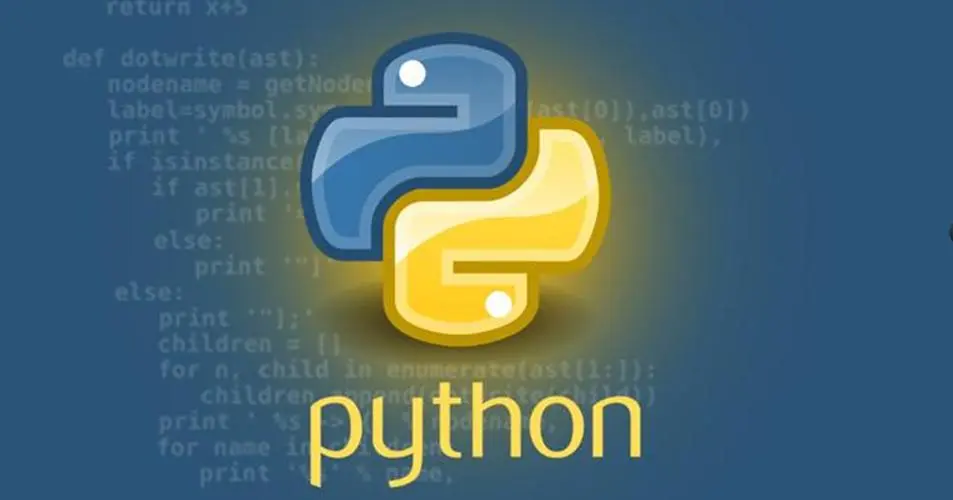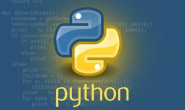
大家好,我是涛哥,今天给大家分享 Python中9个鲜为人知的宝藏标准库,内容3000字,阅读大约7分钟。
Python作为一门强大的编程语言,拥有丰富的标准库,其中一些模块虽然不太为人熟知,但却是解决各种问题的宝藏。在本文中,我们将介绍一些鲜为人知但非常实用的Python标准库,以及如何使用它们。
1. collections:高级容器数据类型
collections模块提供了许多有用的数据类型,如Counter、deque和defaultdict。
from collections import Counter, deque, defaultdict
# 使用Counter统计列表中元素出现次数
my_list = [1, 2, 2, 3, 3, 3, 4, 4, 4, 4]
counter = Counter(my_list)
print(counter)
# 使用deque创建双向队列
my_deque = deque([1, 2, 3])
my_deque.append(4) # 在右侧添加元素
my_deque.appendleft(0) # 在左侧添加元素
print(my_deque)
# 使用defaultdict处理字典默认值
my_dict = defaultdict(int) # 默认值为0的字典
my_dict['key1'] += 1
print(my_dict['key2']) # 默认为0
2. itertools:迭代器工具
itertools模块包含一些用于创建和操作迭代器的函数,如permutations、combinations和cycle。
from itertools import permutations, combinations, cycle
# 使用permutations生成元素的所有排列
perms = permutations([1, 2, 3])
for perm in perms:
print(perm)
# 使用combinations生成元素的组合
combs = combinations([1, 2, 3], 2)
for comb in combs:
print(comb)
# 使用cycle创建循环迭代器
my_list = [1, 2, 3]
cycle_iter = cycle(my_list)
for _ in range(5):
print(next(cycle_iter))
3. functools:函数式编程工具
functools模块提供了一些函数式编程工具,如partial、reduce和lru_cache。
from functools import partial, reduce, lru_cache
# 使用partial创建函数副本
def power(x, exponent):
return x ** exponent
square = partial(power, exponent=2)
cube = partial(power, exponent=3)
print(square(4)) # 16
print(cube(4)) # 64
# 使用reduce进行累积操作
numbers = [1, 2, 3, 4]
result = reduce(lambda x, y: x * y, numbers)
print(result) # 24
# 使用lru_cache进行函数结果缓存
@lru_cache(maxsize=None)
def fibonacci(n):
if n < 2:
return n
return fibonacci(n-1) + fibonacci(n-2)
4. gzip 和 bz2:压缩和解压缩
gzip和bz2模块允许您进行文件的压缩和解压缩操作,这在处理大型数据文件时非常有用。
import gzip
import bz2
# 压缩文件
with open('data.txt', 'rb') as f_in, gzip.open('data.txt.gz', 'wb') as f_out:
f_out.writelines(f_in)
# 解压缩文件
with gzip.open('data.txt.gz', 'rb') as f_in, open('data_restored.txt', 'wb') as f_out:
f_out.writelines(f_in)
# 使用bz2进行类似的操作
5. json:处理JSON数据
json模块用于解析和生成JSON数据,这在处理Web服务响应和配置文件时非常常见。
import json
# 将Python对象转换为JSON字符串
data = {"name": "John", "age": 30}
json_str = json.dumps(data)
# 将JSON字符串解析为Python对象
json_data = json.loads(json_str)
6. calendar 和 datetime:日期和时间处理
calendar和datetime模块用于处理日期和时间,包括日期计算和格式化。
import calendar
from datetime import datetime
# 获取当前日期和时间
now = datetime.now()
print(now)
# 获取日历
cal = calendar.month(2023, 9)
print(cal)
7. sqlite3:内置的SQLite数据库接口
sqlite3模块是Python内置的SQLite数据库接口,允许您轻松创建和管理SQLite数据库。
import sqlite3
# 连接到数据库(如果不存在则创建)
conn = sqlite3.connect('my_database.db')
# 创建游标对象
cursor = conn.cursor()
# 创建表
cursor.execute('''CREATE TABLE IF NOT EXISTS books
(id INTEGER PRIMARY KEY,
title TEXT,
author TEXT,
year INTEGER)''')
# 插入数据
cursor.execute("INSERT INTO books (title, author, year) VALUES (?, ?, ?)", ("Example Book", "John Doe", 2023))
# 提交更改
conn.commit()
# 查询数据
cursor.execute("SELECT * FROM books")
for row in cursor.fetchall():
print(row)
# 关闭连接
conn.close()
8. collections.abc:抽象基类
collections.abc模块定义了一些抽象基类,如Iterable和Mapping,可用于自定义类以实现迭代和映射接口。
from collections.abc import Iterable, Mapping
# 自定义可迭代对象
class MyIterable:
def __init__(self):
self.data = [1, 2, 3]
def __iter__(self):
return iter(self.data)
my_iterable = MyIterable()
print(isinstance(my_iterable, Iterable)) # True
# 自定义映射对象
class MyMapping:
def __init__(self):
self.data = {"a": 1, "b": 2}
def __getitem__(self, key):
return self.data[key]
def __iter__(self):
return iter(self.data)
my_mapping = MyMapping()
print(isinstance(my_mapping, Mapping)) # True
9. xml.etree.ElementTree:处理XML数据
xml.etree.ElementTree模块用于解析和生成XML数据,可用于处理XML配置文件和Web服务响应。
import xml.etree.ElementTree as ET
# 解析XML文件
tree = ET.parse('data.xml')
root = tree.getroot()
# 遍历XML元素
for elem in root:
print(elem.tag, elem.text)
# 创建XML元素
new_elem = ET.Element('new_element')
new_elem.text = 'New Element Content'
root.append(new_elem)
# 生成XML文件
tree.write('new_data.xml')
这些鲜为人知但非常实用的Python标准库模块可在多种编程场景中派上用场。
掌握这些鲜为人知的标准库模块可以让你更高效地编写Python代码,提升开发效率。
更多学习资料:
长按扫码发送:「优质资料」

长按发送「优质资料」
